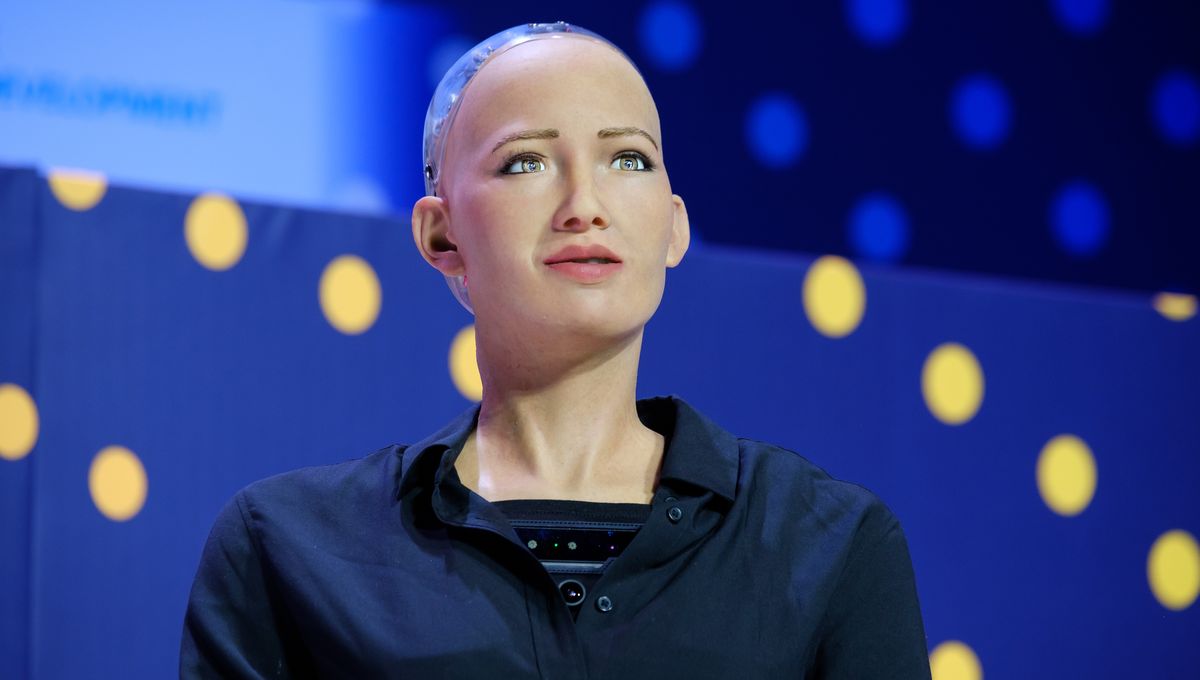
Have you ever felt uneasy or freaked out by puppets or human-like models? Perhaps you’ve been agitated by the animatronic characters at theme parks across the world or ruffled by the robots that frequently appear in the news. Muppets, puppets, and dummies can all stir bizarre feelings in us because there is just something that’s “not quite right” about them. That eeriness has a name, it’s called the “uncanny valley”, but what is it and where does it come from?
Why does that give me the ick?
The uncanny valley is a concept in aesthetics and robotics that describes a psychological response some people have to figures or entities that closely resemble humans but also demonstrate subtle imperfections or unrealistic qualities. The valley is the point where something starts to approach appearing lifelike but gets stuck at a point just short of it, a point that produces an eerie and disturbed feeling in the observer.
Popular examples include the Gelflings from The Dark Crystal film and subsequent Netflix show (we’re still getting over its cancelation), Billy, the creepy baby from the 1988 Pixar animated film Tin Toy, Sophia the Robot, and just about anything that appeared in old British kids shows.
The concept was first introduced by the Japanese professor of robotics Masahiro Mori in 1970 and was first translated into English as “uncanny valley” by Jasia Reichardt in her book Robotics: Fact, Fiction, and Prediction in 1978. According to Mori, as a character or robot’s appearance becomes more human-like, our emotional response towards it becomes more positive and empathetic. However, there is a point where this positive progression takes a sudden dip and the figure falls into the “valley” where it produces negative and repulsive emotions.
For Mori, this was only a temporary point though. As a robot or character’s appearance continues towards more realistic human qualities, the positive emotions return, and the levels of empathy it evokes start to approach those that humans share for one another.
We may think it is a trivial phenomenon, but it actually has significant implications for fields like robotics, CGI animation, virtual reality, and even prosthetics design. Engineers and designers have to navigate the uncanny valley to produce humanoid characters, figures, and creations that are appealing to users and elicit positive emotional responses, rather than alienating them.
Explanations for the effect
There are a few explanations for what causes the uncanny valley effect in our minds. Firstly, there’s the idea that non-human entities elicit negative responses from us as they become too human-like. At this point, any features that are not human become more noticeable and start to defy our normative expectations of what is and isn’t human, which generates a feeling of strangeness in us.
Alternatively, some have suggested that the uncanny valley results from an innate subconscious fear of replacement or annihilation. According to this interpretation, a humanlike thing creates a fear response in us because it could be construed as a kind of doppelganger that threatens to replace us in some important role or aspect of our lives. Moreover, images of dismantled androids or puppets can conjure associations with mutilations and battlefield injuries – a feeling that is reminiscent of fears about death.
Another interesting explanation relates to our evolutionary need to avoid sources of disease. According to this hypothesis, android’s non-human qualities could remind us of other defective organisms which we see as associated with illness and infection. That feeling of revulsion could be a subconscious mechanism to keep us away from a potential pathogen carrier.
There are other potential causes of this effect, which are brilliantly explained by Simply Psychology. It is also worth noting that some are not convinced by the existing scientific basis for the uncanny valley. Some argue that there could be many heterogeneous processes taking place from multiple causes that result in the feeling. In particular, cultural factors may well shape how and to what extent someone experiences revulsion, that is if they experience it at all.
Research into the uncanny valley continues to evolve, especially as technology advances to produce increasingly realistic human-like creations. Whether or not the feelings associated with the valley will persist in generations of people accustomed to alternative humanoid figures is an open question, but regardless, we are likely to see more and more of them in the future.
All “explainer” articles are confirmed by fact checkers to be correct at time of publishing. Text, images, and links may be edited, removed, or added to at a later date to keep information current.
Source Link: The Uncanny Valley – What Is It?